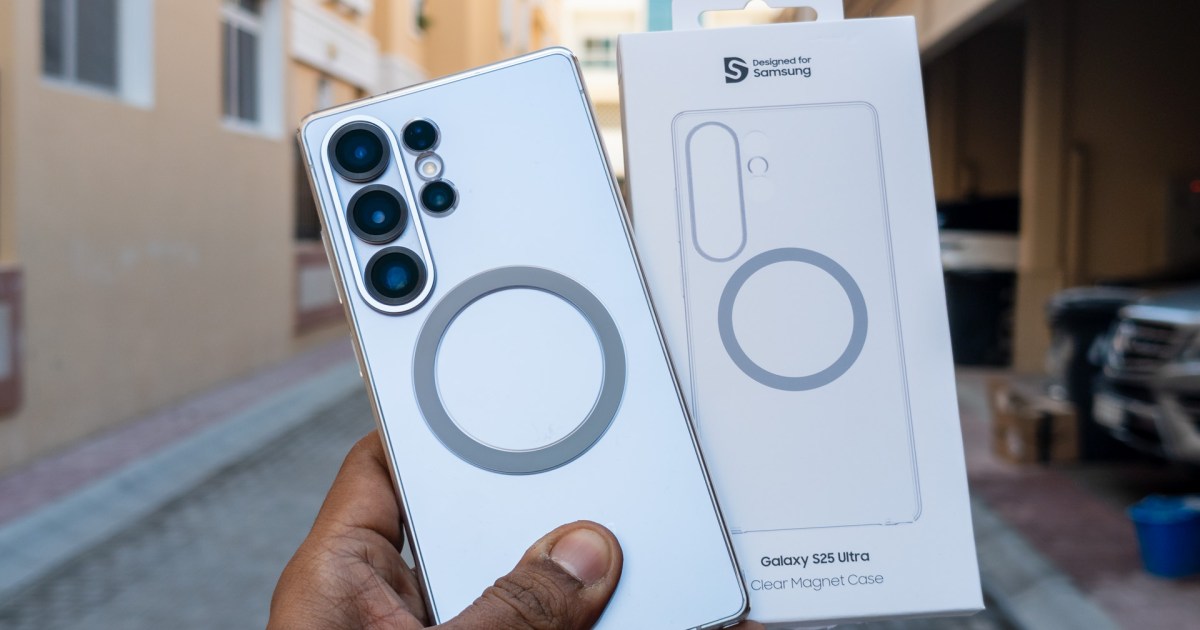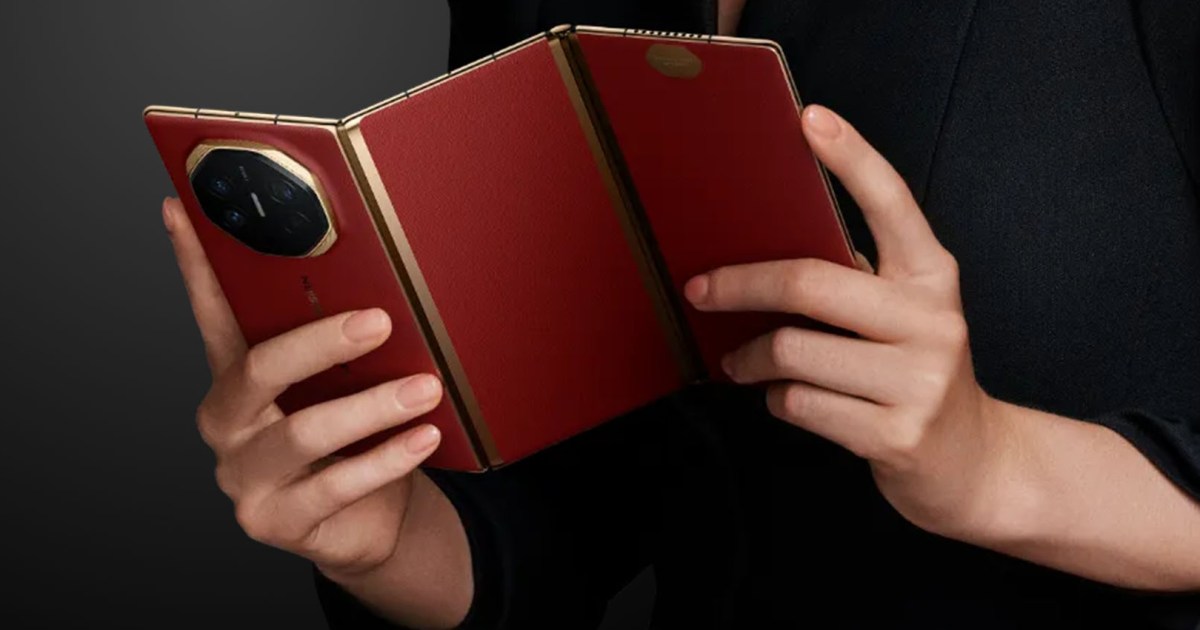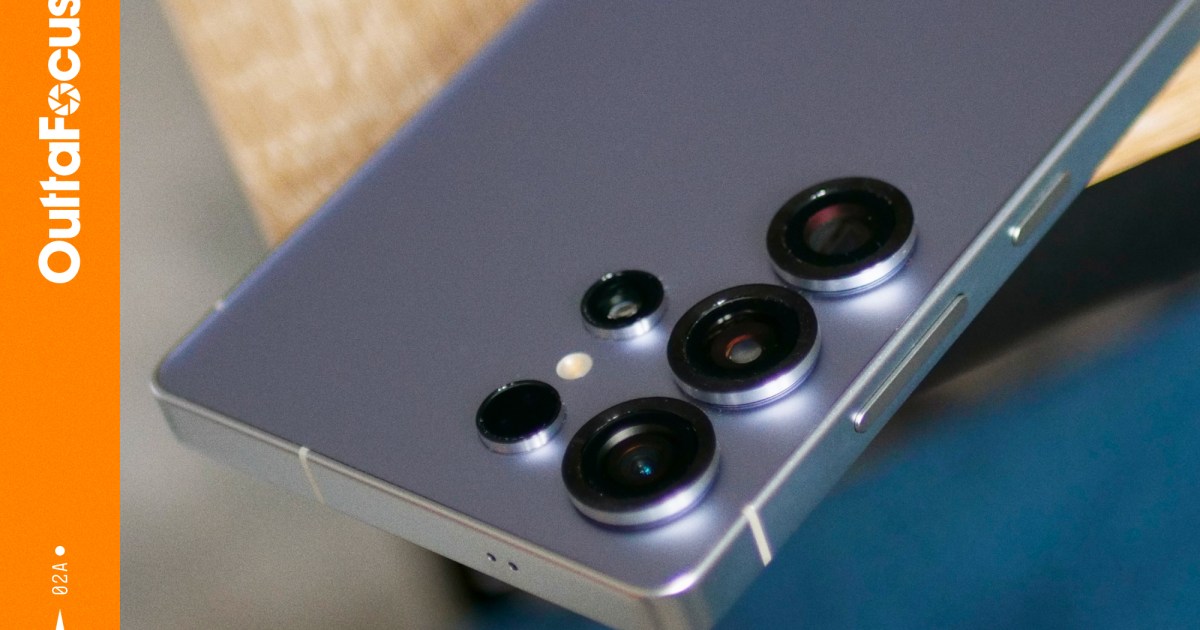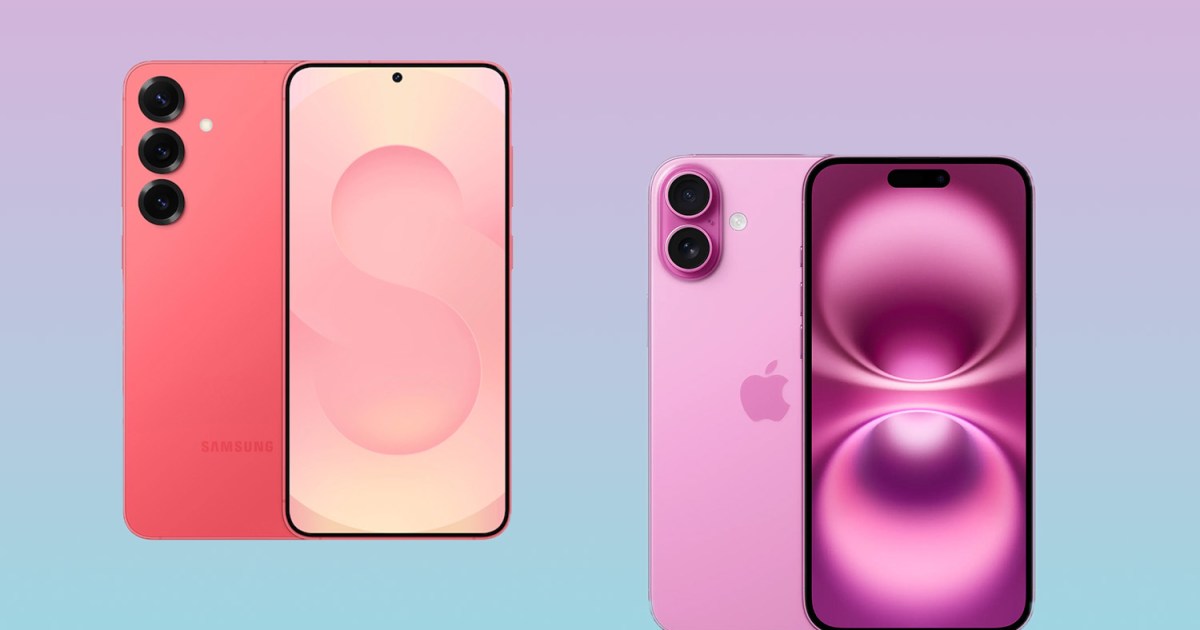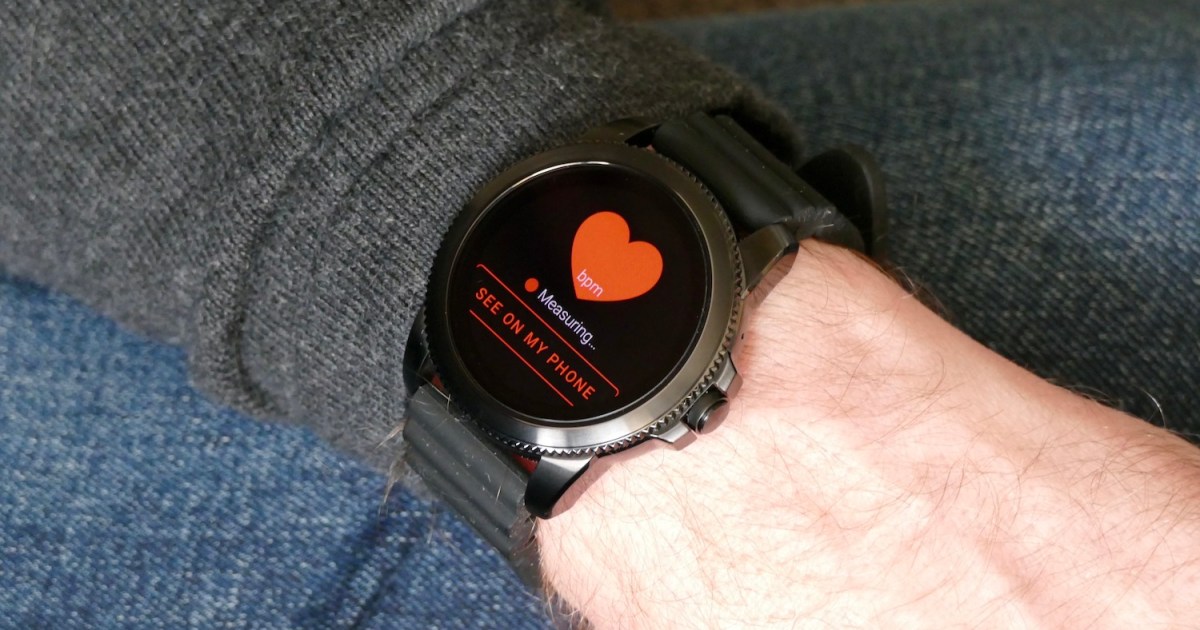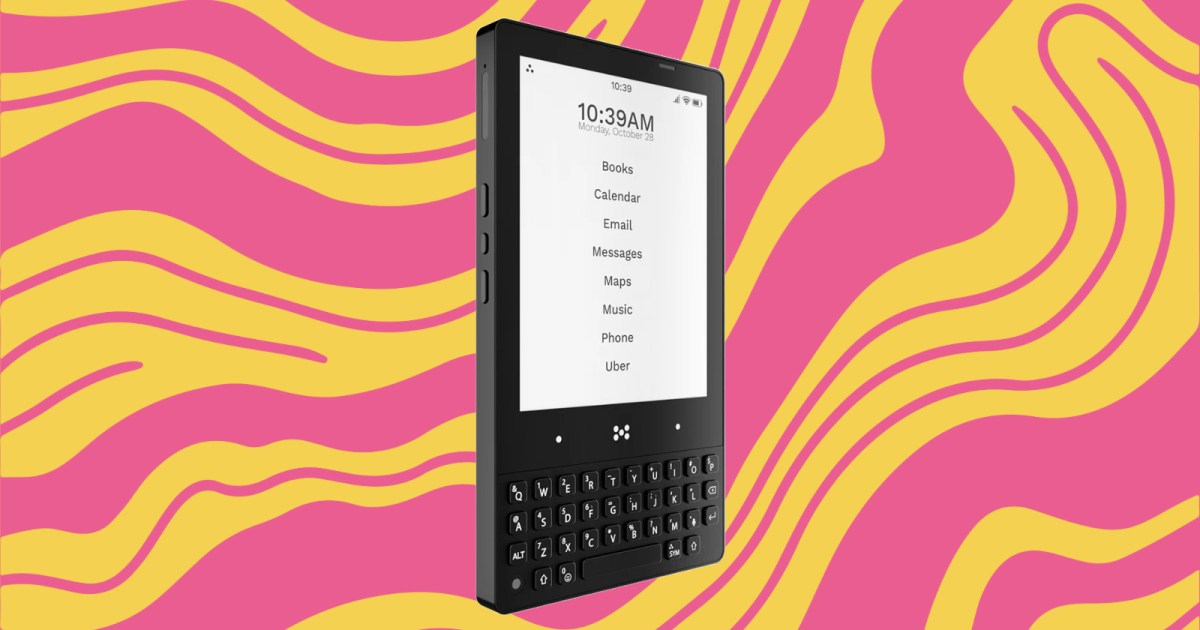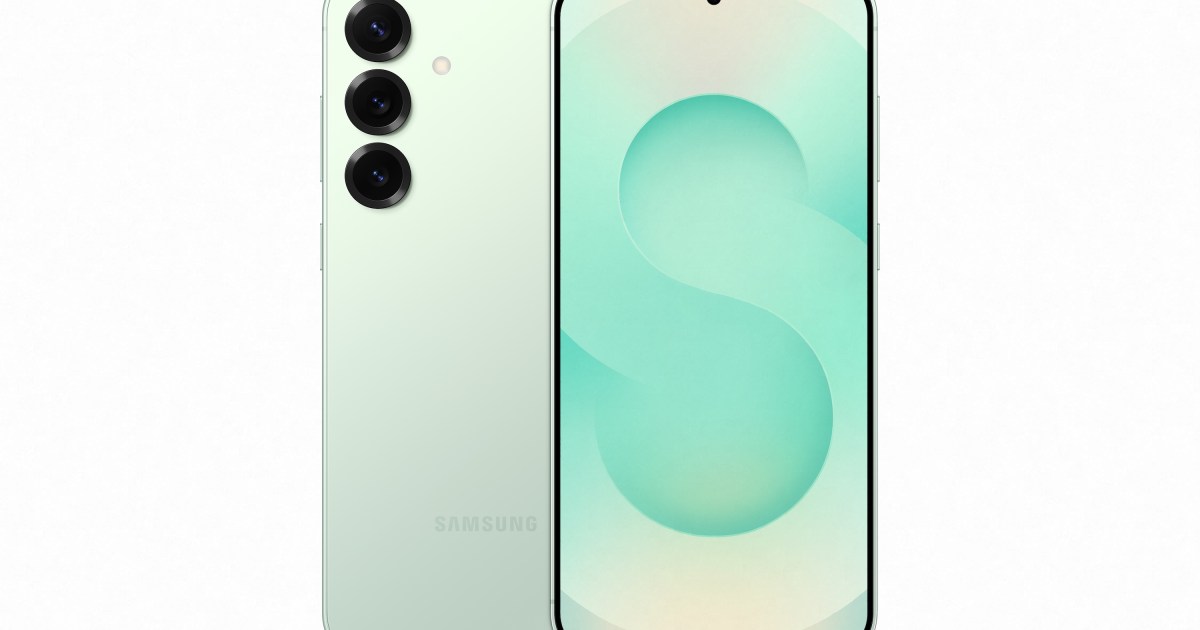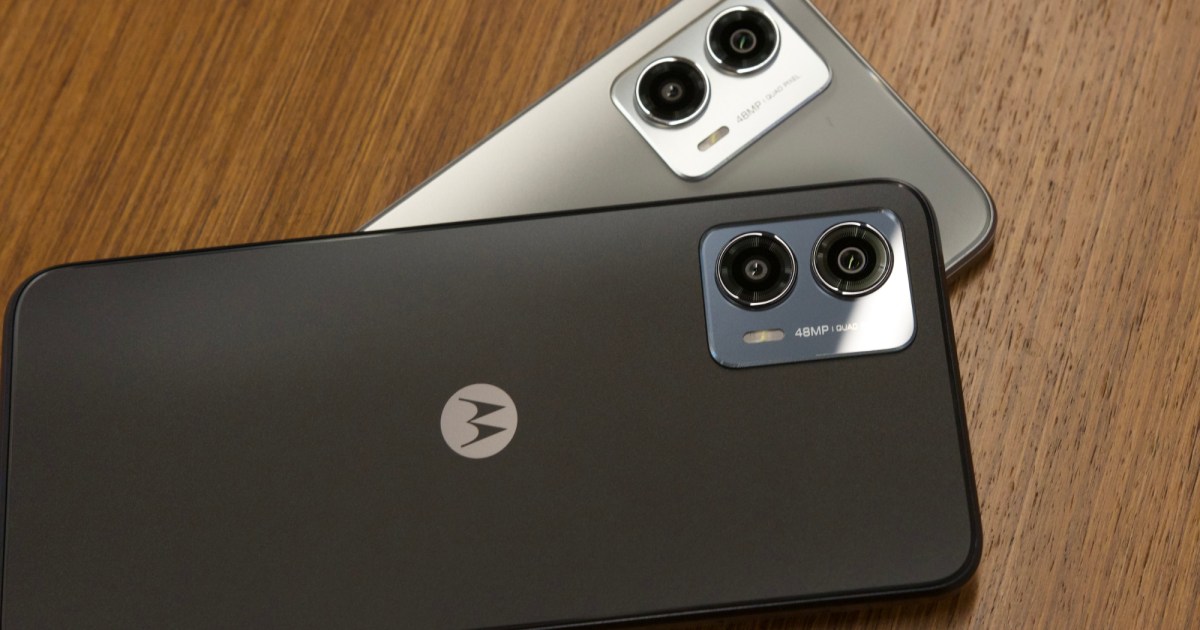The Galaxy S25 series just got more interesting. Forget the S25, S25 Plus, and even the S25 Ultra – Samsung surprised everyone with the Galaxy S25 Edge, a revival of the iconic Edge branding reminiscent of the Galaxy S6 and S7 Edge. This unexpected announcement at Samsung Unpacked hints at a new direction for the company, focusing on slim design and challenging competitors like Apple.
The Galaxy S25 Edge isn’t just a minor refresh; it represents a strategic move by Samsung. Rumors of Apple’s ultra-slim iPhone 17 Air have been circulating, and the S25 Edge is Samsung’s direct response. While pre-release rumors hinted at a “Galaxy S25 Slim,” the final product, showcased alongside the S24 and S25, reveals a slightly slimmer profile than the standard S25 series, justifying the “Edge” branding.
The Pursuit of Slim: Galaxy S25 Edge vs. the Competition
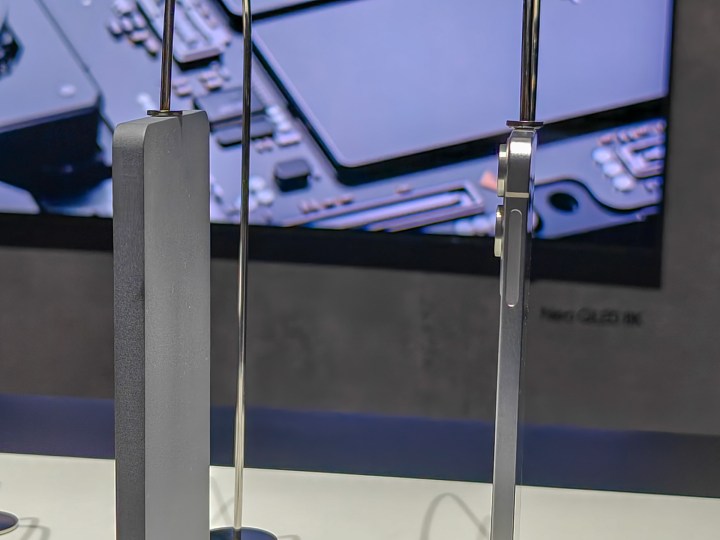 Alt text: A side-by-side comparison of the Samsung Galaxy S25 Edge with the Galaxy S24 and S25, highlighting the slim profile of the Edge.
Alt text: A side-by-side comparison of the Samsung Galaxy S25 Edge with the Galaxy S24 and S25, highlighting the slim profile of the Edge.
Samsung’s motivation is clear: to compete in the burgeoning slim phone market. While the iPhone 17 Air aims to be as thin as the iPad Pro M4, the Galaxy S25 Edge takes a more measured approach. Although not as drastically thin as the rumored iPhone, it’s noticeably slimmer than the rest of the S25 lineup. This raises the question: is the S25 Edge the phone we’ve been waiting for?
A Slimmer, More Ergonomic Design
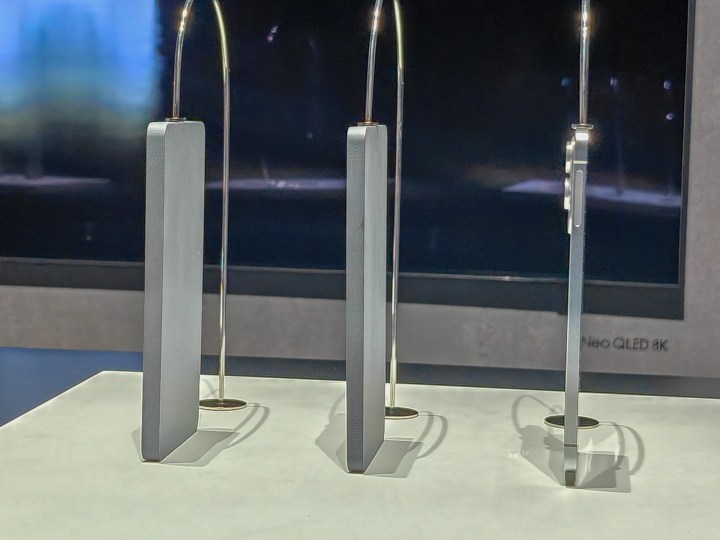 Alt text: The Samsung Galaxy S25 Edge's side profile compared to the Galaxy S24 and S25, demonstrating its reduced thickness.
Alt text: The Samsung Galaxy S25 Edge's side profile compared to the Galaxy S24 and S25, demonstrating its reduced thickness.
While the entire S25 series boasts slight reductions in thickness and weight compared to their predecessors, the S25 Edge pushes the boundaries further. At approximately 6mm thick, it’s significantly thinner than the standard S25, offering a potentially more comfortable and ergonomic grip. This thinner profile, however, comes with inherent compromises.
Balancing Slimness with Functionality: The Trade-offs
A slimmer phone often raises concerns about durability, battery life, and camera capabilities. While durability and battery life remain to be seen, the camera setup offers some clues. Unlike the rumored single-camera iPhone 17 Air, the S25 Edge features a vertical dual-camera stack, reminiscent of older Galaxy models and the iPhone 6.
Rumors suggest a powerful combination of a 200MP main camera and a 50MP ultrawide lens, essentially mirroring the S25 Ultra’s setup without the telephoto lenses. This could represent an impressive balance of features and slimness, but its true innovation remains to be tested.
Redefining Slimness in the Smartphone Era
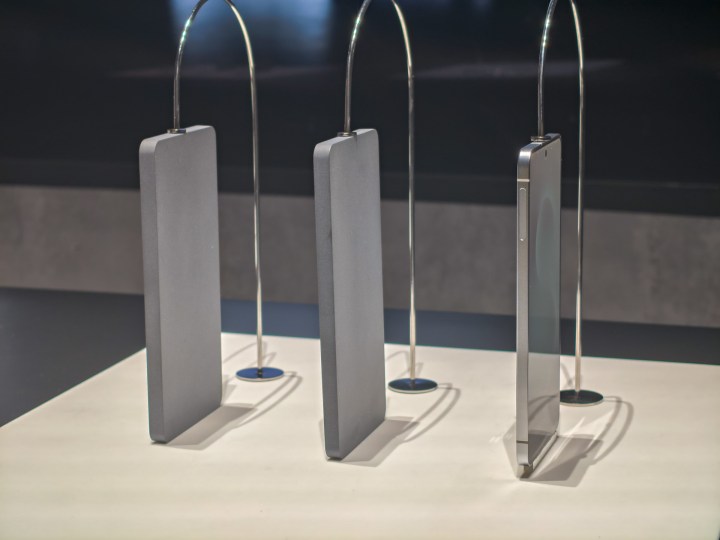 Alt text: Side profile comparison of the Samsung Galaxy S25 Edge, Galaxy S24, and Galaxy S25, highlighting the Edge's slim design in relation to previous generations.
Alt text: Side profile comparison of the Samsung Galaxy S25 Edge, Galaxy S24, and Galaxy S25, highlighting the Edge's slim design in relation to previous generations.
The trend of increasingly thicker smartphones, driven by larger batteries, displays, and multiple cameras, seems to be challenged by the S25 Edge. While slim phones like the Huawei Ascend P6 were common a decade ago, modern demands require a different approach. The recent Infinix Hot 50 Pro Plus, while slim, doesn’t offer the flagship camera performance expected from Samsung.
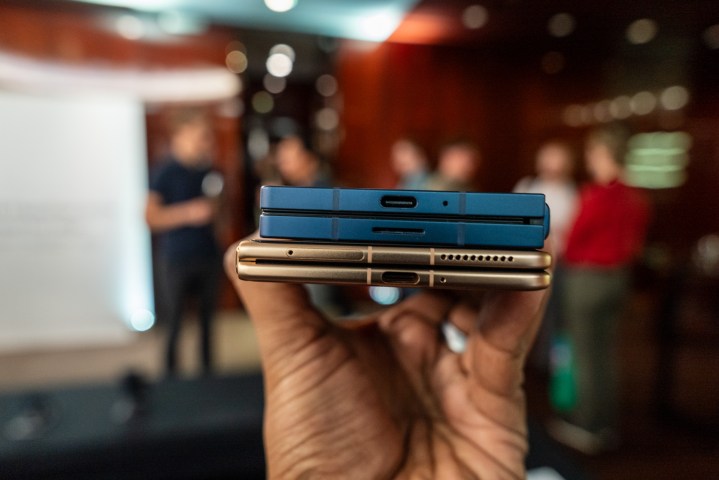 Alt text: Comparing the USB port of the Honor Magic V3 with the Galaxy Z Fold 6, demonstrating the slim profile achieved in foldable phone designs.
Alt text: Comparing the USB port of the Honor Magic V3 with the Galaxy Z Fold 6, demonstrating the slim profile achieved in foldable phone designs.
The foldable phone market, exemplified by the Honor Magic V3 and Samsung’s Galaxy Z Fold Special Edition, showcases the potential for slim designs through innovative battery placement and component distribution. The S25 Edge draws inspiration from this trend, aiming to translate the thinness of foldables into a traditional smartphone form factor.
This move by Samsung could spark a renewed focus on slimness in the smartphone industry. How competitors like Honor, Huawei, Oppo, OnePlus, and Apple will respond remains to be seen. The Galaxy S25 Edge’s success hinges on its competitiveness in a market that increasingly values both features and sleek design.




